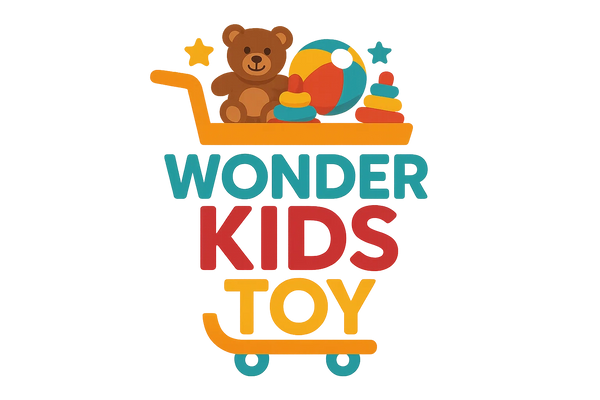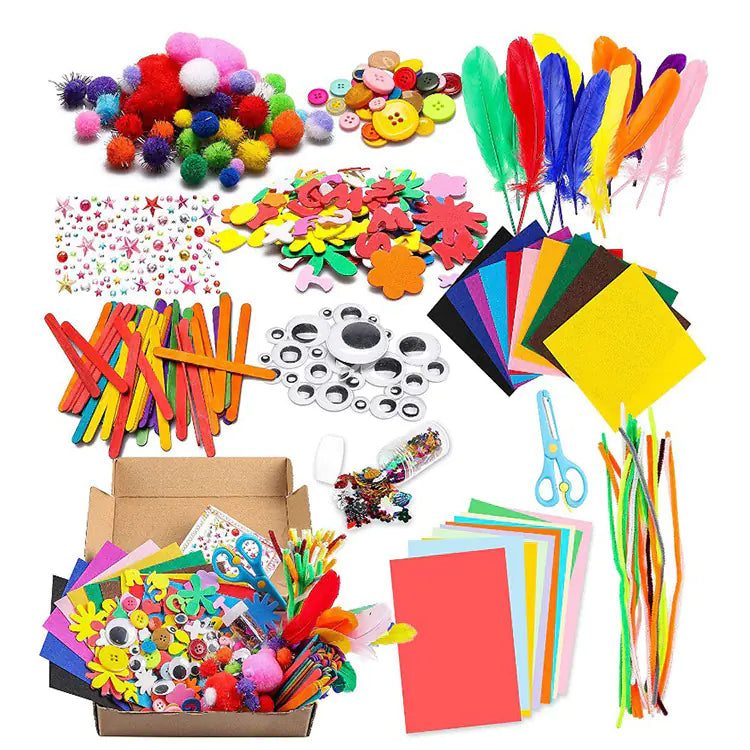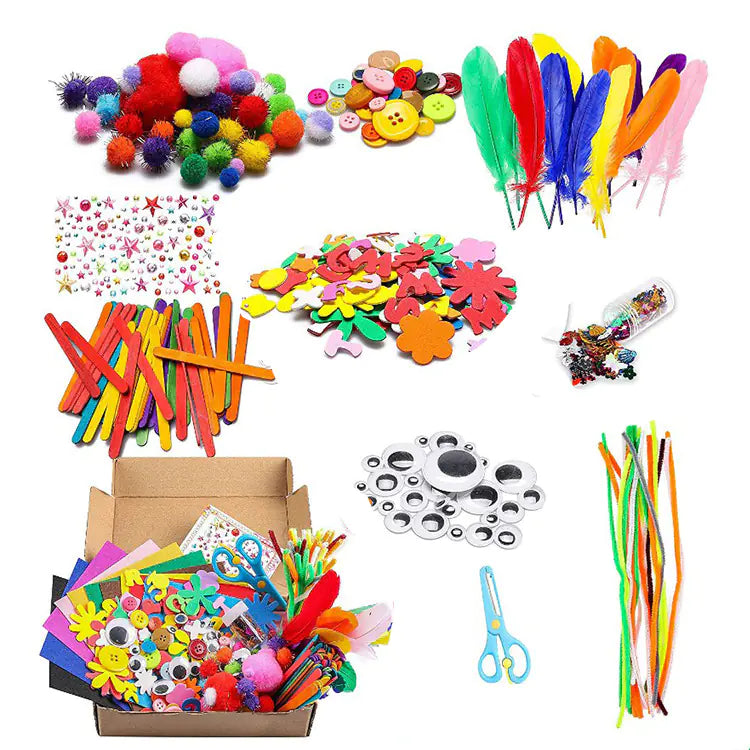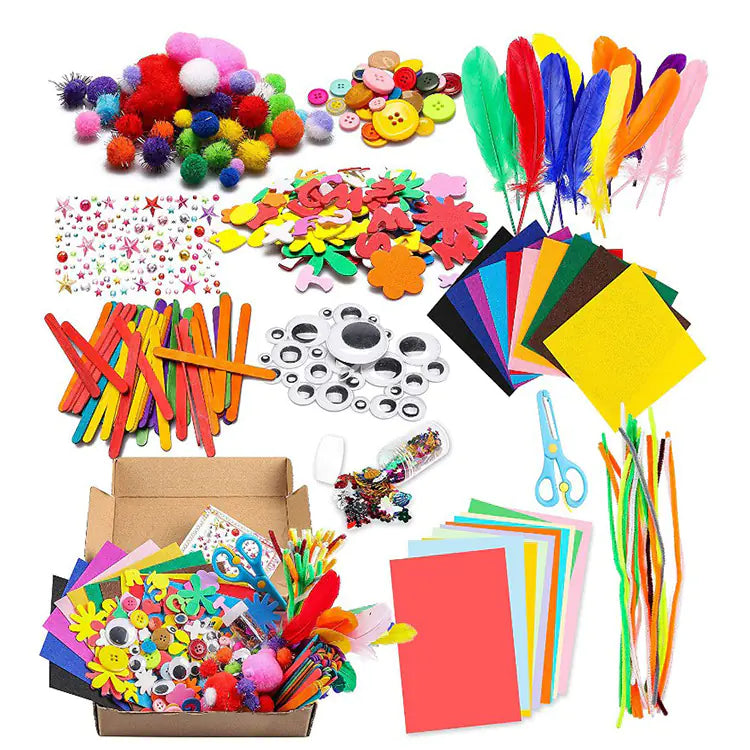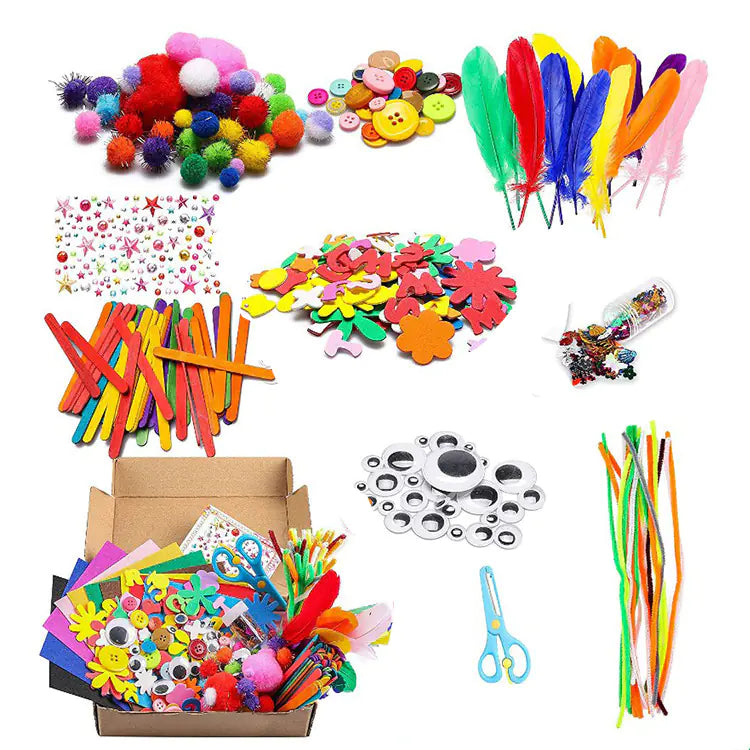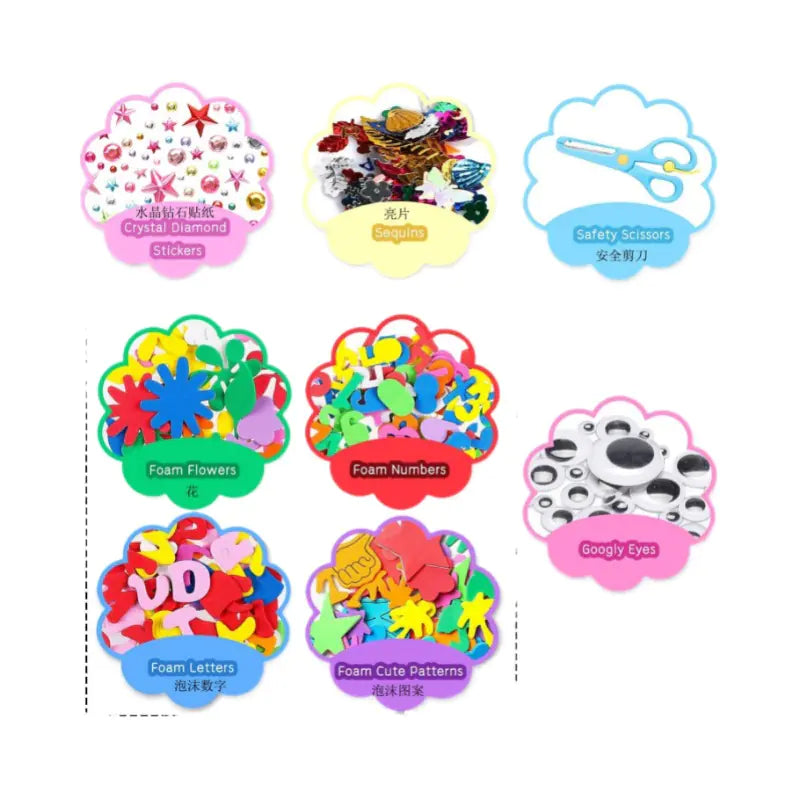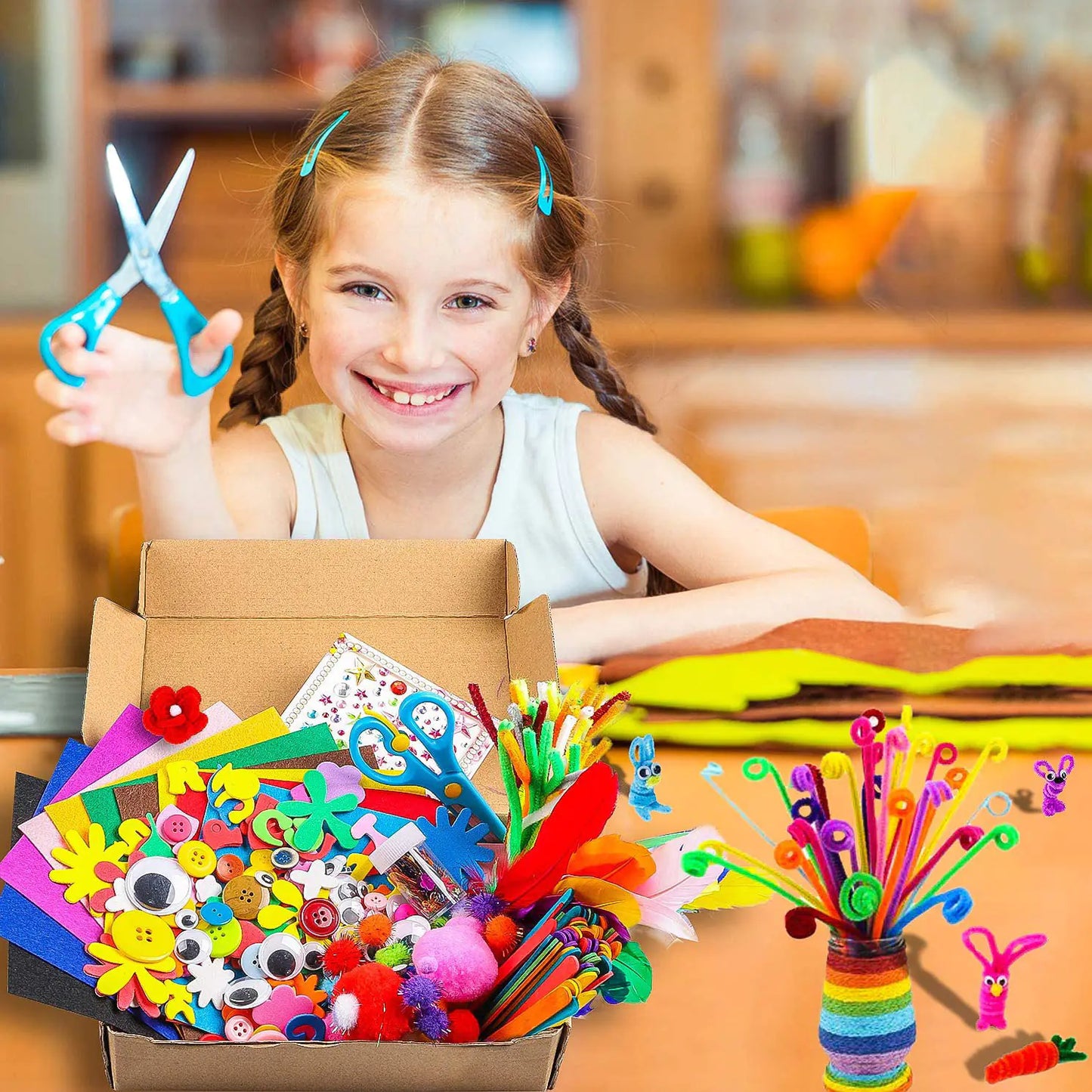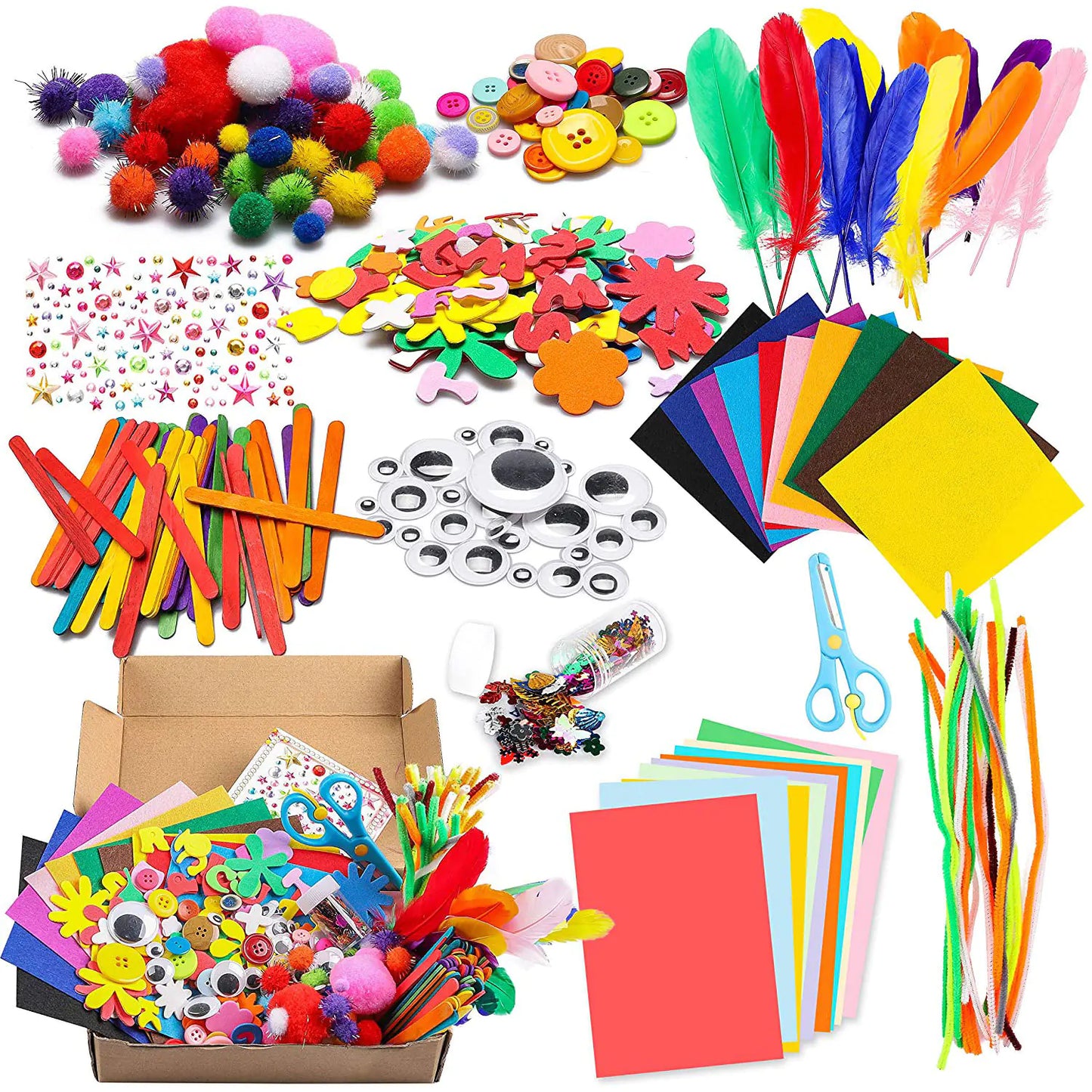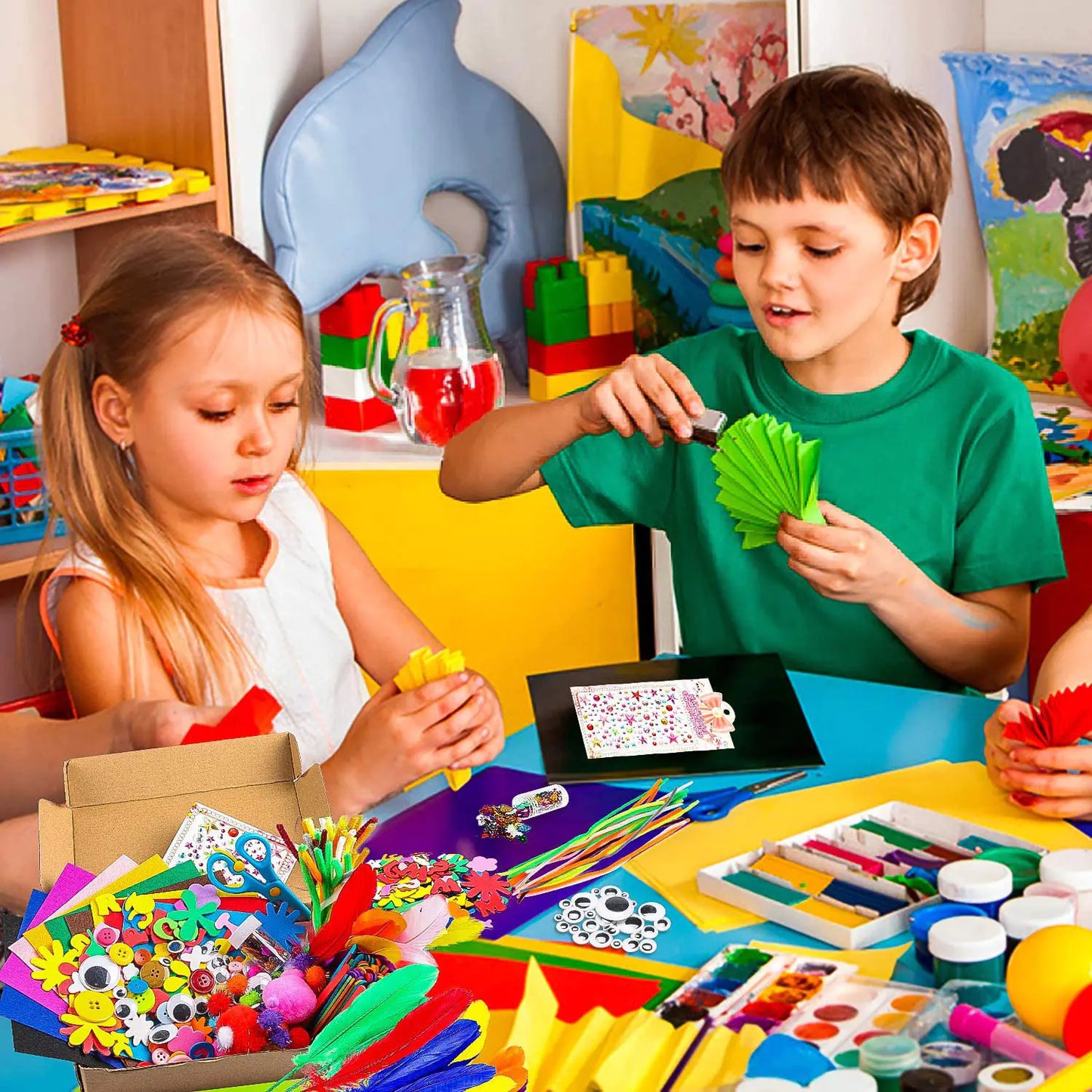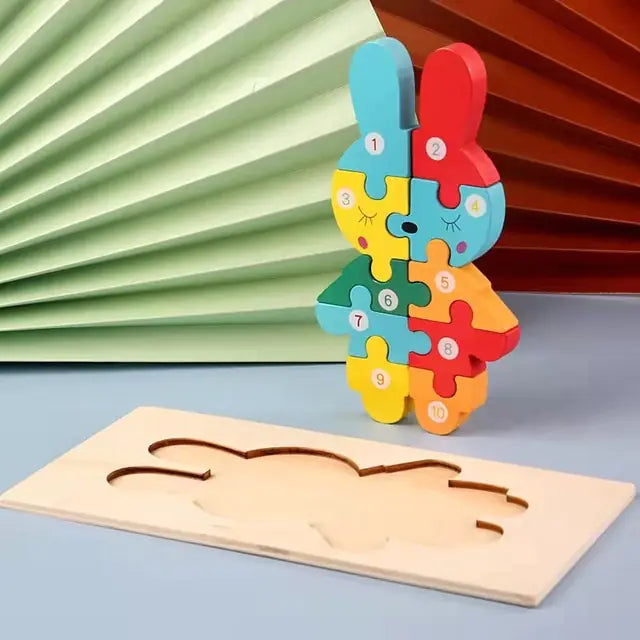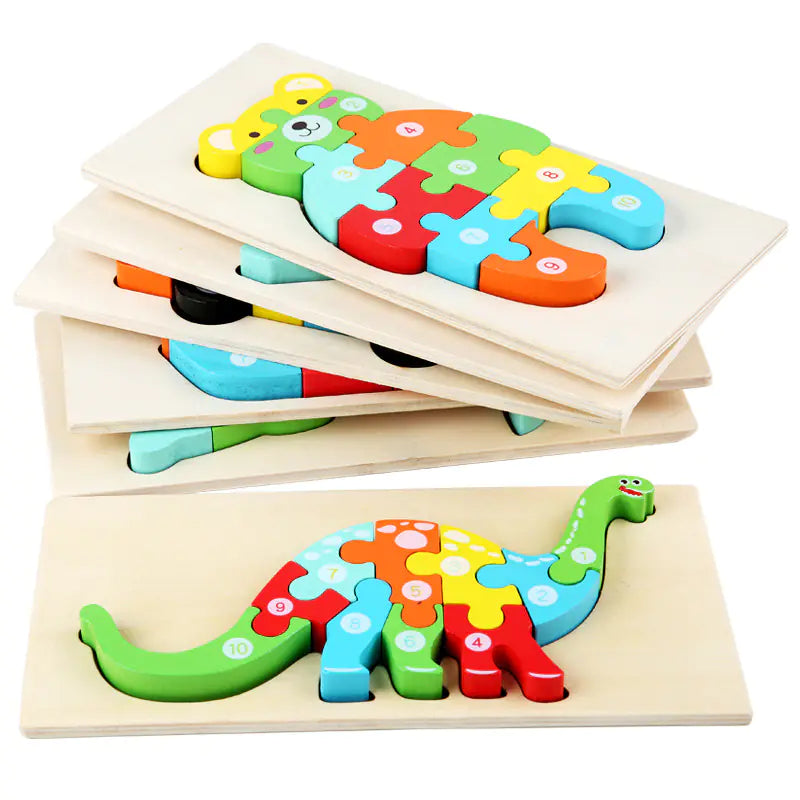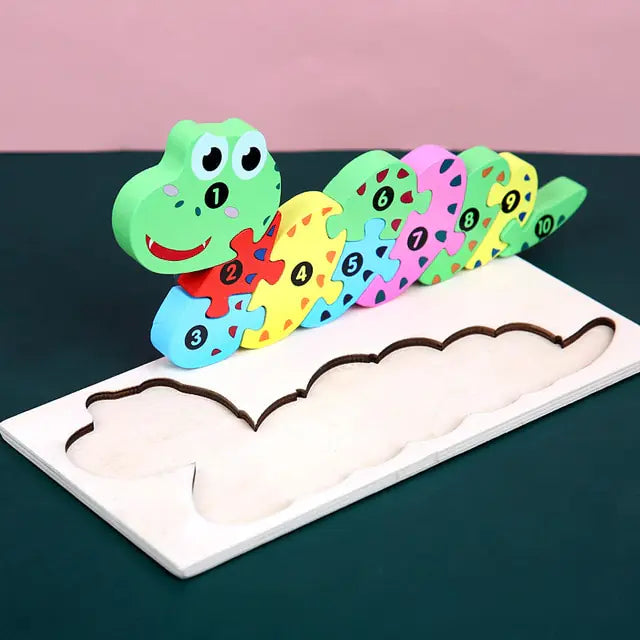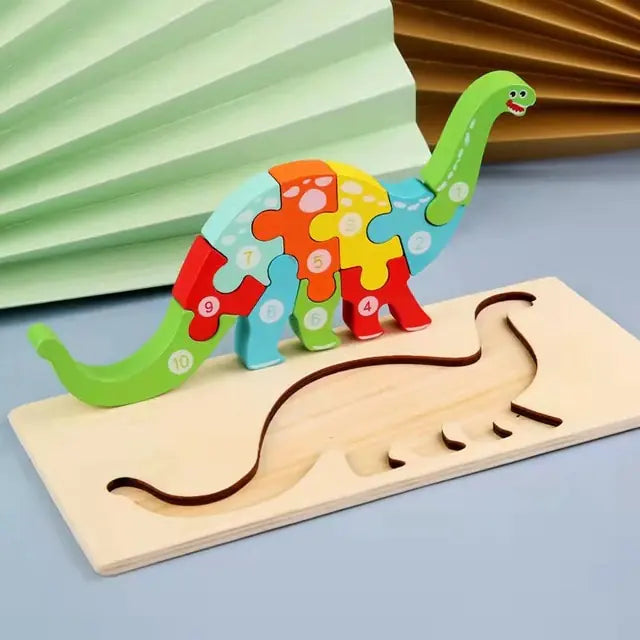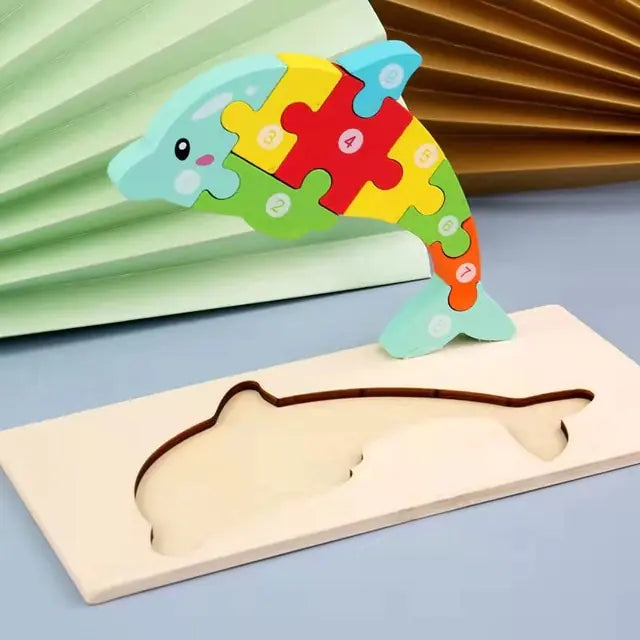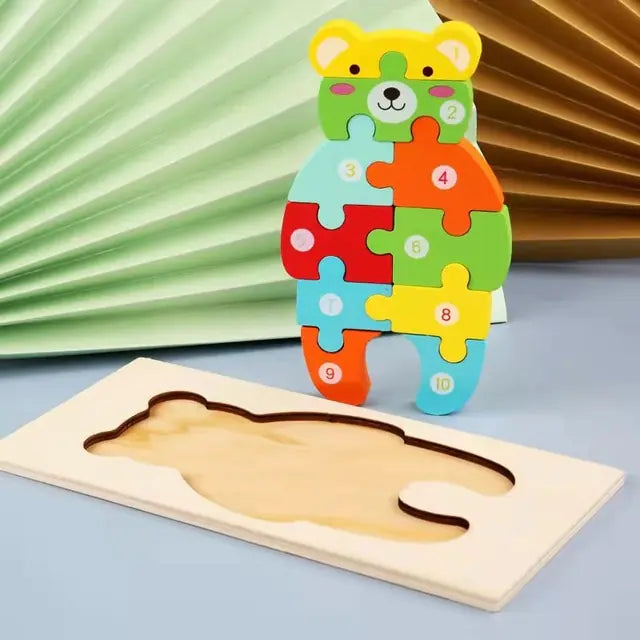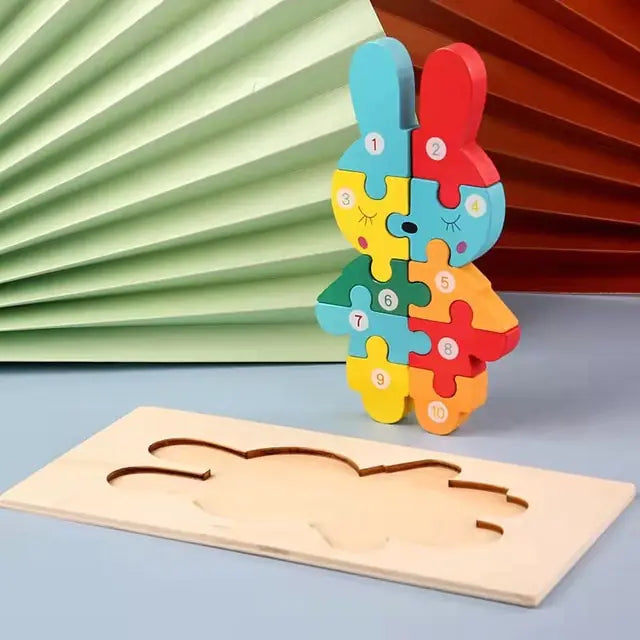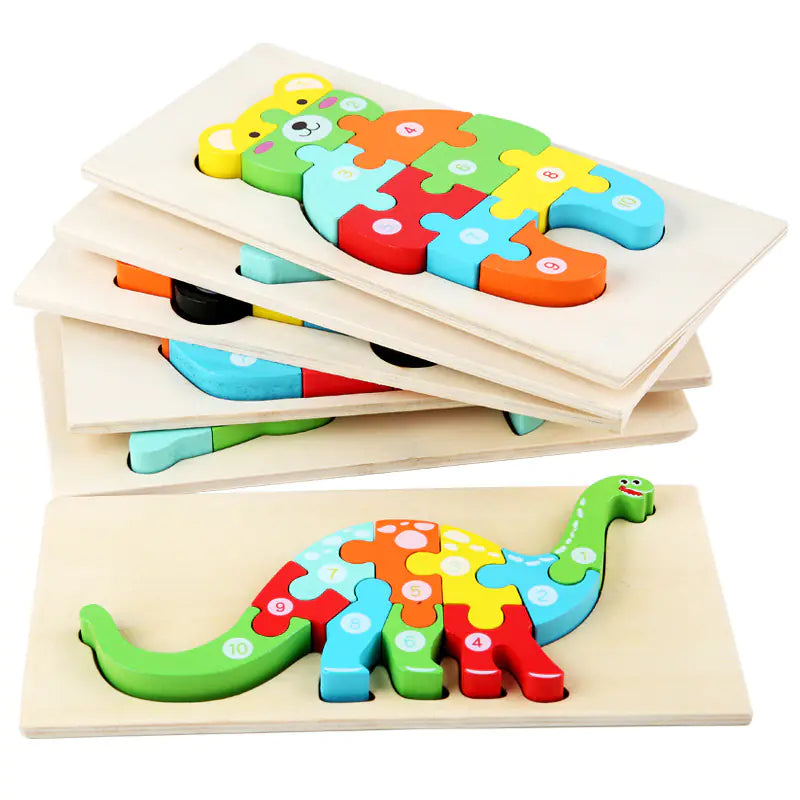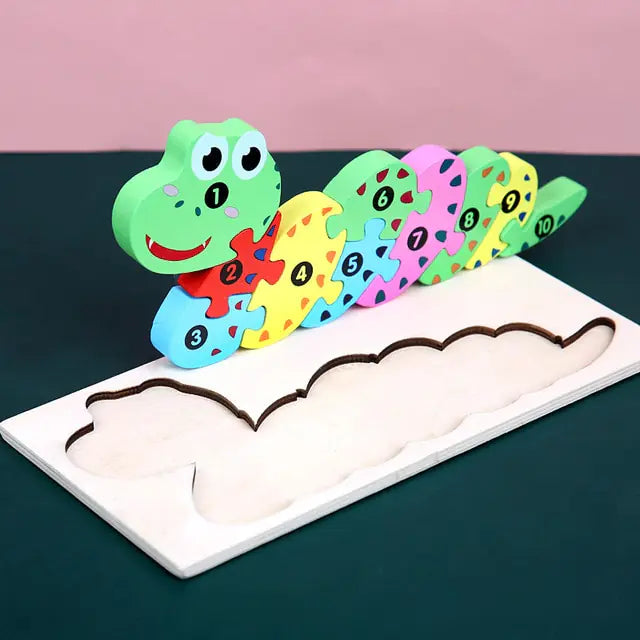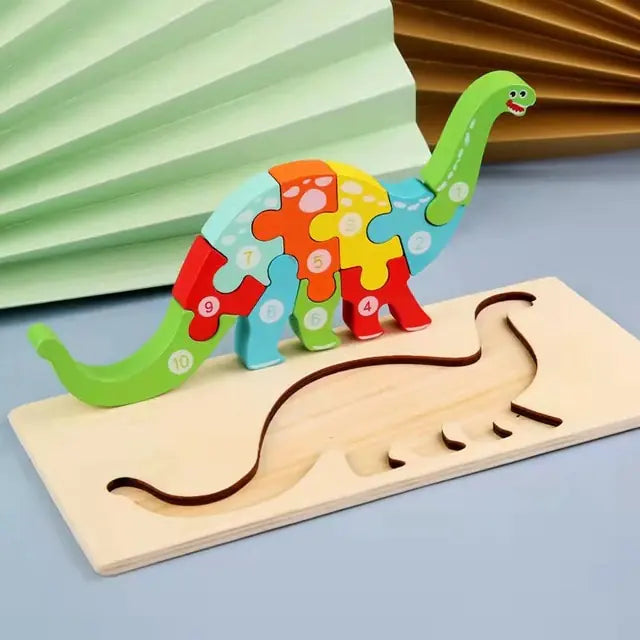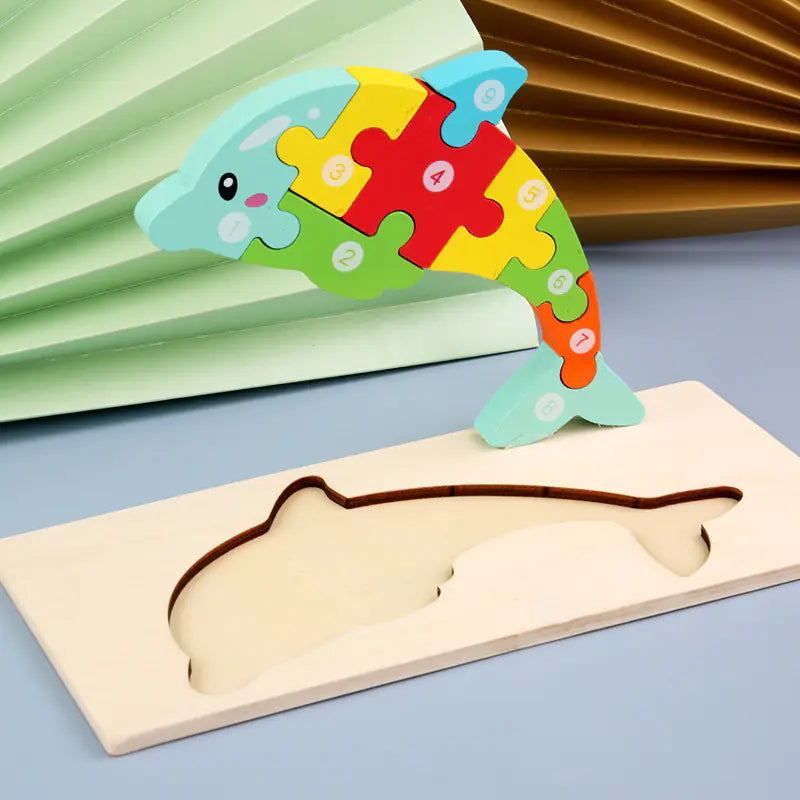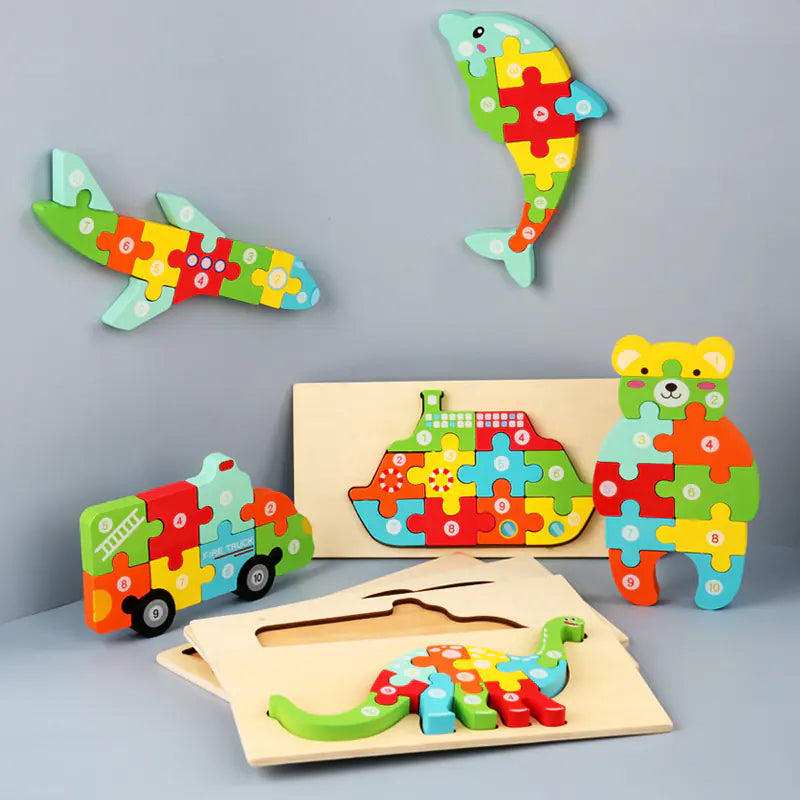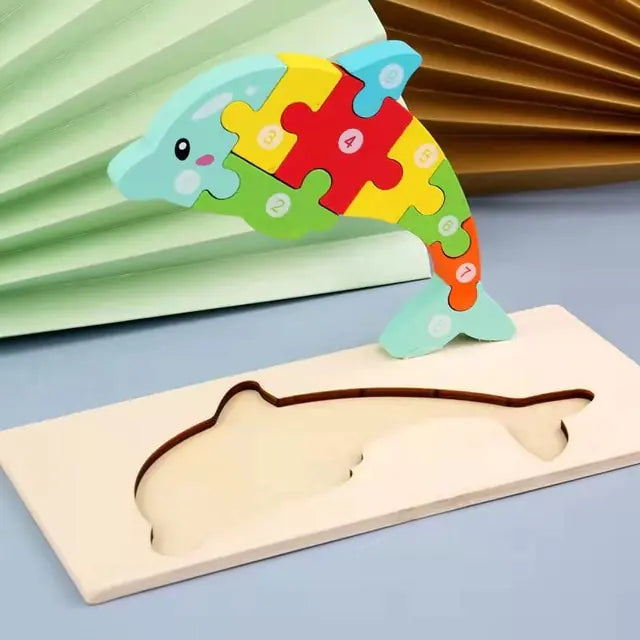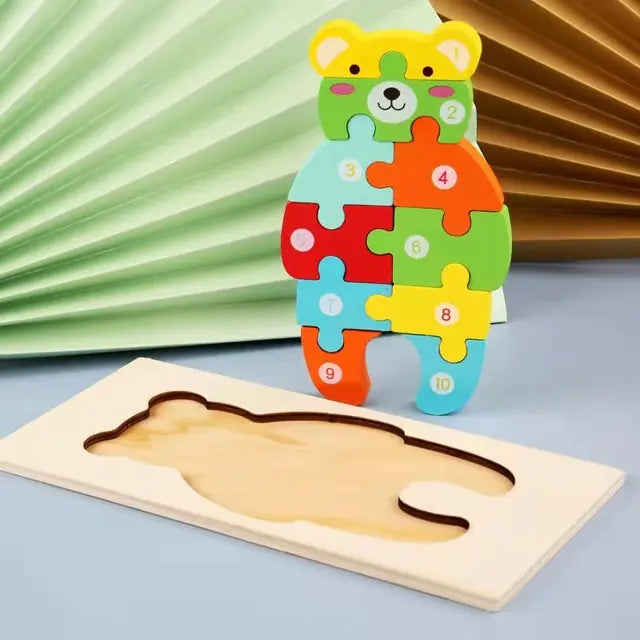Musical Instruments for Kids - A Parent's Guide
Musical instruments provide kids with an enjoyable and interactive experience, introducing them to sound, rhythm, and creativity. They also assist in developing fine motor skills, enhancing coordination, and fostering early cognitive development.
Whether it’s a handheld tambourine, a beautiful rainbow xylophone, or an intro keyboard, these instruments open a world of hands-on exploration and creative expression. Beginning with instruments that are accessible and fun to play will not only create positive experiences but also help inspire a lifelong love of music.
Best of all, many options are designed to be safe, durable, and perfectly sized for developing little hands. Parents and educators can use these tools to help facilitate incredible, hands-on, exploratory play experiences.
They can help introduce an educational component to kids’ activities. Early music education brings children the benefits of artistic expression and the cognitive and social advantages that music can offer.
Why Start Early with Instruments
1. Build Cognitive and Motor Skills
Giving children the opportunity to learn musical instruments from an early age plays to their developmental strengths and innate capacity to learn. Music engages nearly every brain area simultaneously, improving cognitive abilities such as problem-solving and memory.
For instance, learning to play a recorder requires kids to read notes, recall finger placements, and follow rhythms, which strengthens memory retention. Playing instruments increases fine motor skills. Drumming develops hand-eye coordination, and pressing down a piano key or plucking a guitar string hones fine motor skills.
Knowing how to recognize and create musical patterns develops spatial-temporal skills necessary for success in math and science, among other subjects. These skills start to grow when children identify patterns and anticipate what comes next, setting them up for academic success later in life.
2. Foster Emotional Development
Music offers children an outlet for emotional catharsis and a protected environment to experiment. Playing an instrument allows children to articulate emotions they may not officially have the vocabulary for, fostering emotional intelligence.
For instance, if a child is creating a soft-sounding melody on a piano, they could experiment with the emotion of calmness or sadness. Self-regulation is another benefit; music also helps children learn to self-regulate because consistent rhythms help calm and center an active mind.
As kids master their instruments, they gain confidence and flourish with a deep feeling of accomplishment. This process ignites their creative juices, enabling them to write or improvise their music and opening up a new world of imagination.
3. Encourage Social Interaction
Culturally sensitive, collaborative group music activities cultivate a high-quality environment for social development. Children enrolled in band rehearsals or group lessons develop the ability to work with others, bringing their parts into harmony with those around them.
Beyond fostering a love of music, these intimate environments foster camaraderie, linking children with like-minded peers. Collaborating through music-making helps children develop collaboration and communication skills as they share thoughts and brainstorm for their concerts.
Even home family jam sessions enhance bonds of kinship, developing deep-rooted shared experiences and comprehension.
4. Strengthen Listening Abilities
Studies have shown that learning an instrument tunes an ear. Not only do children develop an ear for pitch and rhythm, but their overall auditory discrimination evolves.
For example, distinguishing between a high note on a violin and a low one on a cello hones their ears. Following complex musical instructions helps with focus and attention span, skills that carry over into everything else they do.
Exposure to eclectic genres increases their understanding and appreciation of music while fostering interest in other cultures and styles.
5. Develop Discipline and Patience
Instrument learning instills discipline with practice rituals that foster self-discipline. For example, beginning on a recorder with a more straightforward fingering system allows children to be more consistent without being intimidated.
Patience develops as children work through difficulties, such as learning a difficult song, at their speed. Setting achievable goals, like singing for family members, encourages determination.
In the long term, this process instills the importance of commitment, teaching kids that hard work has its rewards.
Benefits of Music for Kids
Music is the universal language, providing myriad benefits encompassing cognitive, emotional, and social development. Children who create or recreate music enhance their overall memory, attention skills, and problem-solving capabilities. For instance, learning a melody enhances memory, whereas maintaining a rhythm improves attention.
Emotionally, music aids children in identifying, processing, and expressing their emotions, providing a healthy channel for feelings. Socially, group activities such as playing in a band or singing in a choir encourage collaboration and communication. These varied benefits make music an essential part of any child’s day.
Boost Creativity and Imagination
Music sparks creativity as kids learn to play around with sounds and rhythms. Whether by improvising on a drum or creating a simple melody on the piano, music education encourages kids to get creative—different genres, whether classical or jazz, allow children to experiment with art forms.
Creating a story through lyrics or soundscapes nurtures creativity and storytelling. For instance, having a child write a lullaby for a made-up character combines music with storytelling and fosters that creativity.
Improve Academic Performance
Research indicates a clear connection between music education and overall academic achievement. Specifically, an improved sense of rhythm has been shown to help with math skills, and singing lyrics has been proven to benefit reading comprehension. Understanding music improves critical analysis, and learning an instrument develops the self-discipline needed for education.
These skills usually then transfer into improved achievement in other academic subjects.
Enhance Problem-Solving Skills
Music encourages kids to be critical thinkers. They face obstacles by fixing missed notes and learning tricky rhythms. Activities like matching sounds or creating music patterns foster creativity and strategic thinking.
Adapting to feedback from teachers or peers builds flexibility while finding new ways to play a song fosters creative problem-solving. These skills empower kids to overcome challenges in music and life.
Choosing Instruments by Age
Best Instruments for Toddlers
For toddlers, less is more. Instruments such as shakers, tambourines, and small xylophones work best for this age group. Their ultra-lightweight design makes them extremely easy for little hands to grip and play with!
These alternatives allow toddlers to explore beat and pitch in an early learning environment while building fine motor skills and hand-eye coordination. Choose colorful instruments since toddlers are instantly attracted to bold colors and designs.
Accessories like a simple pair of rainbow-colored maracas can hold their attention and get them moving. Interactive music toys have come a long way! Their buttons activate pre-recorded songs that combine fun with foundational learning to help children discover the world of music in exciting and enriching ways.
Ideal Options for Preschoolers
Meanwhile, preschoolers are ready for more developmentally appropriate instruments, such as ukuleles or small keyboards. These choices bring in melody and chords without making it too complicated.
Little drums and glockenspiels get them going and start their creative expression. Group-friendly tools like rhythm sticks encourage social play.
So, ensure safety and durability are your priorities at this stage—choose pieces that are durable enough to handle a few drops and excitable play. For instance, a nice, solid ukulele with nylon strings is much safer and more manageable for tiny fingers to pluck.
Suitable Choices for Older Kids
Older children can deal with more intricate choices. For ages 8 to 10, kids can’t get enough of choosing guitars.
If your student is attracted to woodwinds, clarinets, and alto saxophones are excellent choices! By grades 4–5, kids have the dexterity to handle violins or school band instruments.
You’ll want to wait until 11 or 12 for drums since they need a physical command. For older kids 16+, bass guitar and flute are great options.
Do you find these instruments to be new challenges or exciting creative outlets?
Exploring Musical Instruments for Kids
Allowing kids to explore different musical instruments can spark a lifetime of creativity, expression, and joy. From percussion to string and wind instruments, the possibilities await as they provide distinct experiences that help mold their musical path. Early exposure to instruments doesn’t just teach them about music—it boosts cognitive and motor skills, setting a foundation for lifelong benefits.
Percussion Instruments for Rhythm Practice
Percussion instruments, such as drums, tambourines, and shakers, are easy for beginners and great for starting with rhythm. Children quickly grasp the fundamentals of timing and beats in a fun and engaging way.
Students participating in group musical activities see a marked enhancement in their educational journey. Musical instruments encourage collaboration and build critical social skills when played with friends or family.
Percussion instruments are beautiful and versatile, and they can be found in any style of music, from classical to pop. Their history is impressive! Ancient clay drums played thousands of years ago help kids feel connected to the roots of human creativity.
String Instruments for Musical Exploration
String instruments, like violins and guitars, teach kids to play music and promote dexterity, finer motor skills, and hand-eye coordination. They allow children to explore melody and harmony, further exploring the emotional aspect of music.
Whether playing in small ensembles or group lessons, kids learn to work together as a cooperative unit while developing their confidence. Whether plucking a simple melody or working on complicated concertos, the creative potential is boundless.
Wind Instruments for Breath Control
Wind instruments, such as recorders and harmonicas, teach kids to control their breath while enhancing their lung capacity. These instruments are small, inexpensive, and easy for beginners to play.
Children will enjoy experimenting with different sounds and pitches and learning to make music using their breath. Playing with others brings a new social aspect, creating a more interactive and rewarding experience, whether in bands accompanying community productions or school orchestras.
Activities to Engage Children with Music
Spark Interest with Fun Music Activities
- Challenge children to guess sounds they hear daily, from the microwave beep to the swish of leaves. This quick and easy activity takes sound exploration and makes it a musical adventure!
- Get children to sing songs they already know, like “The Wheels on the Bus” or “Itsy Bitsy Spider.” This will better prepare them to build vocal confidence and experience sheer joy!
- Clapping to a beat or using simple instruments like tambourines can boost coordination and timing.
Use Rhythm Games to Teach Patterns
Rhythm games are a great way for children to start processing patterns and becoming more adept at memory retention. Activities like clapping games or stomping to beats captivate children while reinforcing essential concepts like rhythm.
Team-building great circle games, such as passing a rhythm around a circle, foster cooperation, and rapport. Best of all, digital rhythm games—now readily available on tablets—mix music with fun and engagement.
Incorporate Movement Tools for Fun Learning
Props such as scarves and bean bags add an element of surprise to musical activities. Movement songs, like “Hokey Pokey,” combine music with activities.
Combining music with physical activity improves balance and dexterity while encouraging imagination, creating a fun and practical learning experience.
Create Team Play with Parachutes and Props
Parachute games encourage teamwork, cooperation, and excitement when combined with music. Props like musical bears offer comfort and strengthen the classroom routine.
Family music nights deepen social bonds and teach the values of their cultural heritage.
Tips for Parents Introducing Instruments
Start with Simple and Affordable Options
As a beginner, finding affordable instruments that make sense for your child’s age and interest level is best. Ukuleles, recorders, hand drums, or a basic keyboard are excellent options for younger novices.
Why ukuleles and guitars? For one, they are incredibly affordable instruments. A ukulele has soft nylon strings, which are easier on little fingers.
Second, accessibility—go with an instrument your child can easily pick up and play, allowing them to feel excited and inspired rather than intimidated. Quality matters here as well. A good instrument—however simple—offers a much more positive experience and sound than a crappy one.
Make Learning a Fun Experience
Make learning fun by incorporating games or inventing easy contests. For instance, you can clap patterns and have your child echo them back.
Positive reinforcement goes a long way—recognizing their hard work with encouraging words or rewards. Allow them to discover what they like, whether playing songs they recognize or crafting new ones.
Enjoyable experiences like family music-making will make learning a treasured moment.
Encourage Regular Practice Sessions
Consistency is key. Consistent practice of 15–30 minutes, five days a week, is an effective way to develop and perfect skills.
Keep practice sessions short and focused, and reward progress, such as learning a new song with praise or small gifts. A collaborative, non-judgmental environment fosters creativity and confidence, making practice challenging yet fun.
Giving kids the tools to explore the world of music opens doors of happiness and self-discovery that last a lifetime. Music develops creativity, increases self-confidence, and hones other skills such as concentration and patience. Getting an early start on the right instrument creates a lifetime of difference. From mini maracas to entry-level orchestral strings, each selection presents an opportunity to teach and cultivate.
Remember these tips to help ensure your child’s musical journey is rewarding and fulfilling! Focus on progress—big or small—as much as the destination, and allow their curiosity to fuel the trip. Just remember, it’s the experience that matters, not perfection. Whether through lessons, family jam sessions, or child-directed exploration, music enters their lives and expands their worlds.
Are you ready to make the first move? Choose an instrument appropriate for their age and interests, and let the musical adventure begin! It’s a gift that gives a lifetime of benefits.
What age is best to start kids with musical instruments?
Children can begin their musical journeys at 3 years old with easy-to-play instruments such as shakers or tambourines. At about 6-7 years old, they can start learning more formal instruments such as the piano or violin.
Which musical instrument is most effortless for kids to learn?
The ukulele and keyboard are excellent beginner instruments. They’re easy to handle, small, and beginner-friendly for young learners.
Why is it important for kids to play musical instruments?
Playing an instrument enhances creativity, concentration, and fine motor skills. It fosters emotional expression and builds confidence.
How do I choose the right instrument for my child?
Think about your child’s age, interests, and physical capability. Younger children typically need to begin with smaller, more manageable instruments, while older children might be better suited to larger instruments such as guitars or drums.
Can music help improve my child’s learning skills?
Yes! Music improves memory, problem-solving, and language skills. Its effectiveness has been proven to raise academic achievement, particularly in mathematics and reading.
What activities can make learning instruments fun for kids?
Incorporate games, sing-alongs, and interactive apps to keep kids engaged. Help them stay motivated by encouraging short practice sessions and celebrating their progress.
How can I support my child’s musical journey at home?
Set up a space for them to practice, encourage them to set a routine, and develop a sincere interest in their progress. Experiencing music together fuels imagination and creativity and instills a passion for music.
